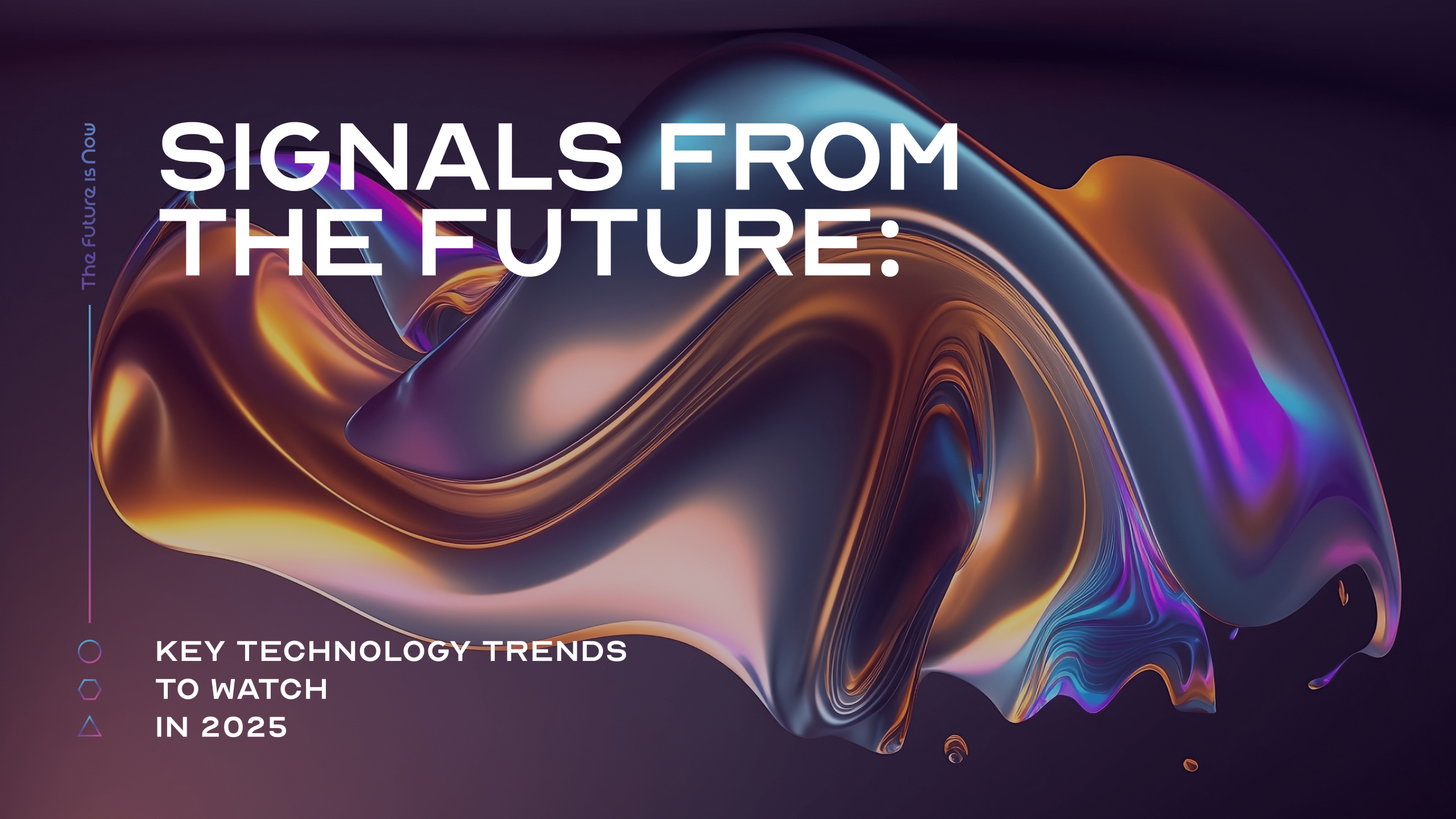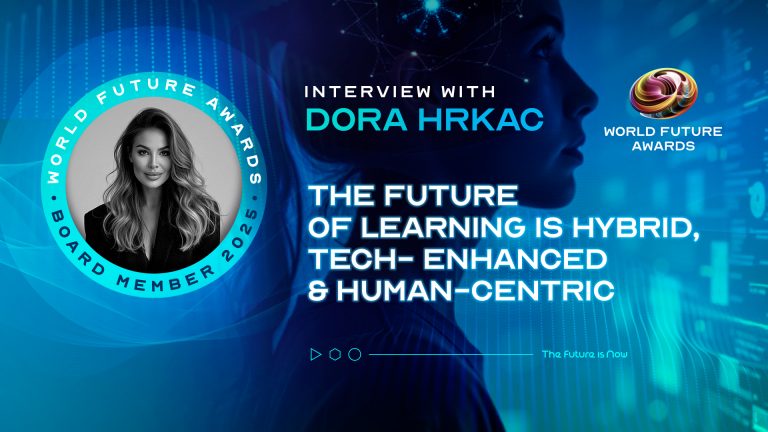
Signals from the Future: Key Technology Trends to Watch in 2025
Innovation continues to evolve at a pace that challenges how organizations think, work, and compete. McKinsey’s Technology Trends Outlook 2025 presents a clear picture of the forces shaping the global technology landscape over the coming years. These insights are not only useful for technologists, they serve as a strategic compass for leaders across industries. It is in this spirit that the World Future Awards celebrates initiatives that turn such emerging opportunities into tangible advancements for society.
The AI Revolution
Artificial intelligence continues to dominate the global technology conversation, but McKinsey highlights a notable shift toward agentic AI, systems capable of autonomously planning and executing complex, multi-step operations alongside general AI capabilities. These solutions can act as dynamic collaborators rather than passive tools, streamlining processes that once demanded significant human oversight.
Actionable Insight: Organizations can begin by experimenting with agentic workflows for repetitive decision-making tasks such as report generation, scheduling, or preliminary research. By starting with clear, repeatable processes, businesses can evaluate efficiency gains while refining trust in autonomous systems before scaling up.
Compute & Connectivity Frontiers
The report also outlines six enabling technologies powering next-generation solutions:
- Application-specific semiconductors designed for AI and other targeted workloads.
- Advanced connectivity spanning 5G, early 6G development, and LEO satellite networks.
- Cloud and edge computing for balanced performance, efficiency, and data sovereignty.
- Immersive-reality technologies in AR/VR are powered by AI-driven rendering and advanced haptics.
- Digital trust and cybersecurity for identity assurance and system protection.
- Quantum technologies for faster computation, secure communication, and advanced sensing.
Actionable Insight: Leaders should identify which of these enablers align most closely with their strategic priorities. For instance, immersive commerce ventures may benefit from combining edge computing, advanced connectivity, and purpose-built chips with robust cybersecurity. A phased roadmap (prototype, pilot, and then scale) can minimize risks while building market readiness.
Cutting-Edge Engineering Domains
Beyond digital enablers, the spotlight is placed on engineering-driven innovation areas: robotics, mobility, bioengineering, space technologies, and energy and sustainability solutions. Each holds potential for reshaping entire sectors, from autonomous delivery systems to bio-fabricated materials and low-carbon energy storage.
Actionable Insight: Organizations can focus on the domain that most strongly connects to their mission. Partnering with research institutions or nimble startups can accelerate development. Launching pilot projects (such as a renewable-powered robot or a bioengineered product prototype) helps demonstrate value to stakeholders and secures further investment.
Overarching Themes and Enablers
The report emphasizes cross-trend dynamics that will influence how these technologies evolve:
- Rising demand for computational power from AI, robotics, and immersive platforms.
- New human–machine collaboration models where technology works as a co-creator.
- Scaling challenges involving infrastructure, supply chains, regulation, and talent.
- National and regional competition for strategic capabilities like chip fabrication and quantum labs.
- Combining large-scale AI systems with specialized edge devices.
- Embedding ethics, transparency, and accountability into innovation.
Actionable Insight: Begin with a clear map of both internal strengths and external dependencies, covering infrastructure, skills, supply chain resilience, and regulatory requirements. Prioritize technology designs that improve human collaboration, invest in specialized edge systems, and apply strong ethical frameworks from the start to strengthen public trust.
Final Thoughts
The technologies outlined, from autonomous AI agents to quantum computing, offer more than just efficiency gains; they present opportunities to reimagine products, services, and societal impact. The WFA shines a spotlight on those turning such possibilities into practical achievements. For organizations seeking to lead in this new era, success will come from aligning breakthrough technologies with pressing human needs, backed by thoughtful strategy, ethical practices, and the agility to adapt as innovation accelerates.
Apply for recognition today and amplify your impact on tomorrow: https://worldfutureawards.com/apply-now/
SOURCES: MCKINSEY
MORE NEWS

The 2025 Tech Christmas List: 11 Gifts for Forward Thinkers

BitFuFu Named Among World Future Awards’ TOP 100 Next Generation Companies

Next Generation Companies 2025

The Future of Learning is Hybrid, Tech-Enhanced & Human-Centric – Interview with Dora Hrkac, WFA Board Member

Connected Futures: The Rise of Smart Homes

Driving Global Change Through Marketing Intelligence: An Interview with Tonia Maneta of Bizzdesign

Beyond Borders: The New Era of Remote Learning and Global Education Access
NEWSLETTER
Sign up to learn more about our project and to stay up to date.

